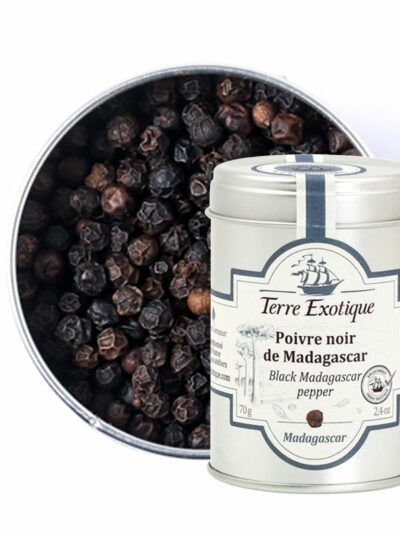The history of diamond salt goes back 200 million years. The Himalayas were formed when the Indo-Australian and Eurasian plates collided, closing the Tethys Ocean that separates them. The slow evaporation of this ocean has left these pink salt crystals, rich in minerals and trace elements. Alexander the Great was the first to bring this luxurious Kashmir salt to Europe, around 350 BC. In antiquity, it was only available to religious leaders and emperors.
This salt comes from the Khewra mines in Pakistan, in the heart of the Himalayas, where it is traditionally mined. Extremely dry, iodine-free, natural and pure, it is often referred to as rock salt, mineral salt or earth salt. It is one of the most natural salts in the world!
Appearance
This salt is highly valued not only for its natural properties and taste, but also for its unique, eye-catching appearance. The small salt crystals, like tiny diamonds, have a warm pink and pink colour, making this salt an eye-catching decorative element on your table.
Taste
This is one of the most natural salts in the world, with a smooth flavour and no pronounced aftertaste. It is slightly less salty than fleur de sel and its natural flavour is suitable for almost all everyday dishes.
In the Kitchen
Pink crystal salt is highly valued around the world for its unique colour, natural flavour and dry texture, which makes pink crystal salt the ideal choice for your salt mill. Thanks to its natural flavour, this salt can be used in practically all everyday dishes. These sea salt crystals are additive-free and unrefined, so they can be absorbed 100% by the body. Pink salt is also highly appreciated for its decorative qualities – it will be a real highlight on your table!
Ingredients
Diamond salt crystals.
Storage Conditions
Store in a dry and cool place.














Reviews
There are no reviews yet.